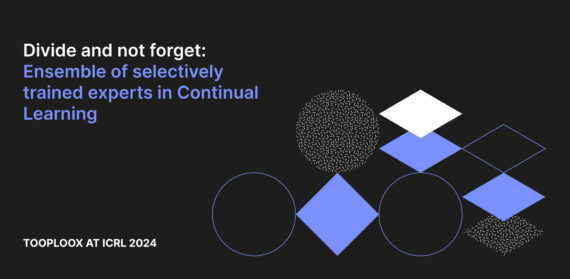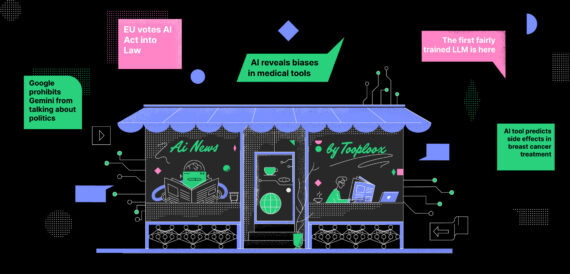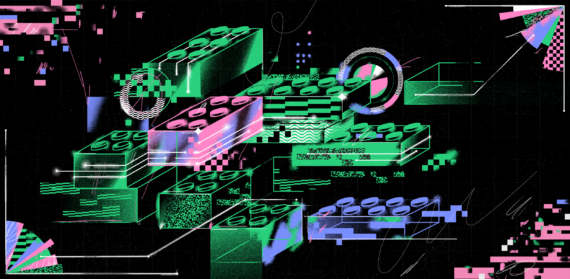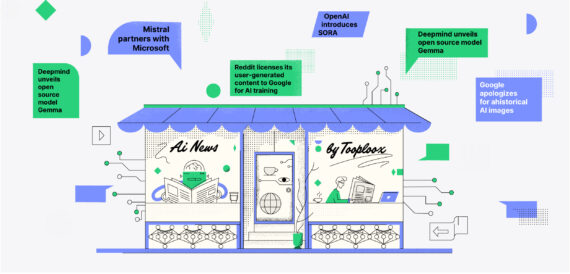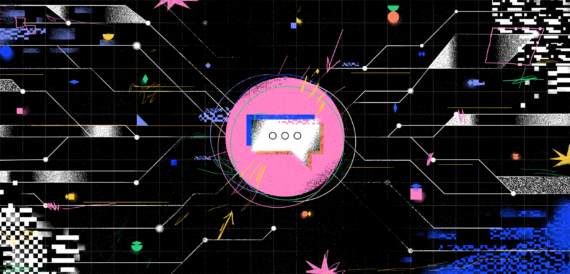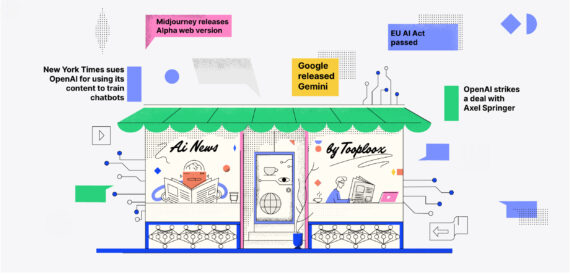part 1
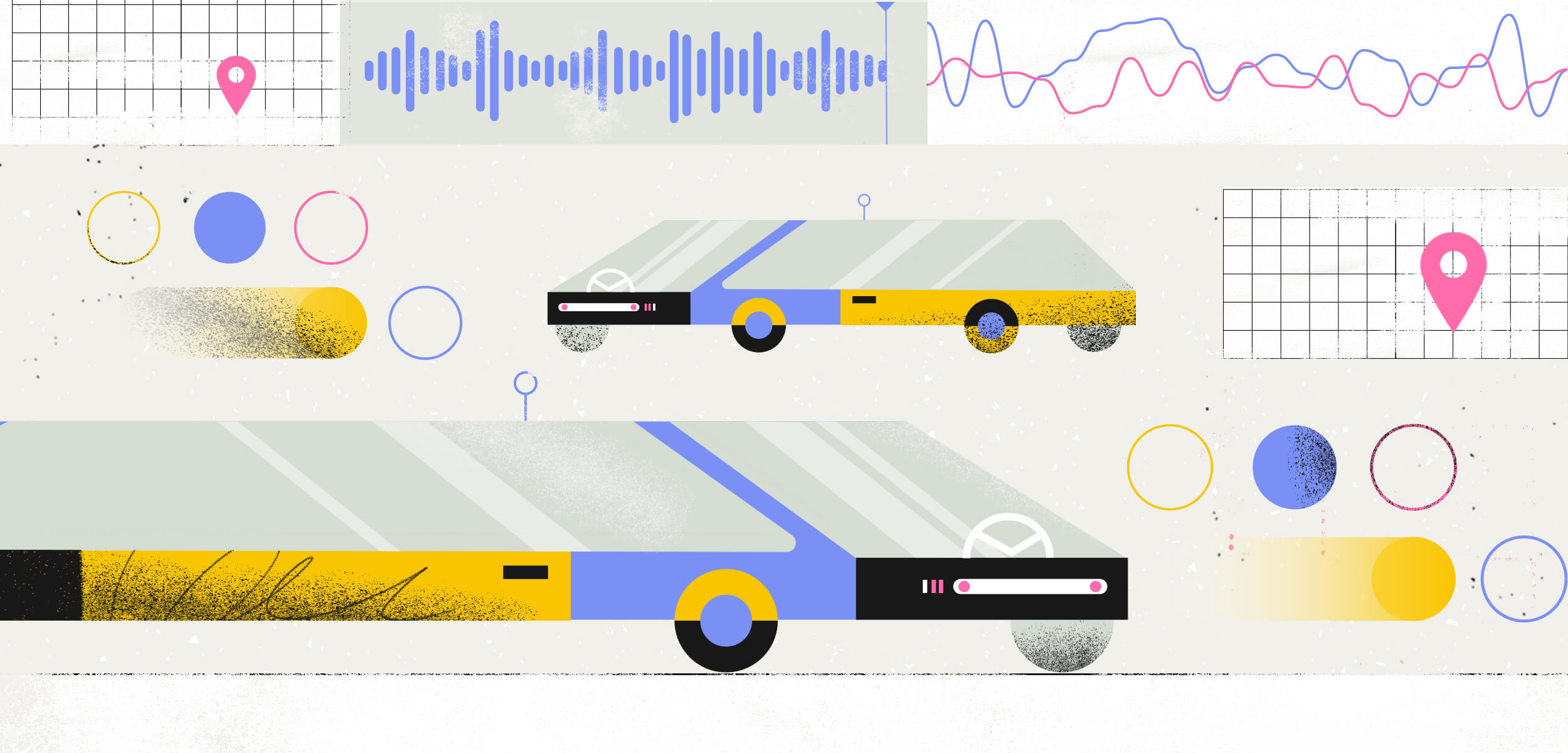
The vision of creating artificial intelligence or manufacturing a living being has loomed over humanity since times immemorial, with modern Sci-Fi literature being the top example. While most visions of writers and philosophers have not materialized, the technologies described in their works have begun to slip into our daily lives seemingly unnoticed.
The idea of self-moving and, by that, the semi-autonomous machine first arose in ancient Greece, both as a myth and as an early invention.
Yet the era of machines that autonomously support workflows was yet to come, assuming one is not the ancient god, Hephaestus, for the Iliad shows clearly that he benefited from autonomous, non-living metallic assistants:
Iliad, Book XVIII, 410–420
but there moved swiftly to support their lord handmaidens wrought of gold in the semblance of living maids. In them is understanding in their hearts, and in them speech and strength, and they know cunning handiwork by gift of the immortal gods.
Although the Iliad is hardly a science fiction book, the depictions of more or less futuristic automatons, robots, or solutions using some form of AI are common in such books. This article shows some examples of the visions of science fiction that are available today, even if the rest of the worlds depicted are set in the far, far future or in deep space.
But due to this distinct absence of things like light speed and hyper-drives, we don’t realize that our daily lives are the stuff of science fiction novels of yesterday.
Autonomous cars – Imperial Earth
A self-driving or self-piloting vehicle is a common motif of science fiction works, especially those placed in a cyberpunk-like environment. The technology of self-driving vehicles appeared to be a natural consequence of technological development in the same way the telephone is a natural step-ahead from a telegraph and television is the next-gen technology of the radio.
One of the latest examples of an autonomous car in action (and fiction) can be seen in the game Cyberpunk 2077, where the protagonists have access to a voice-controlled autonomous vehicle.
The End Of Human Drivers
While these vehicles were rarely the center of the action (it is a car after all), the ethical and legal consequences of introducing autonomous vehicles on a large scale have been explored in Arthur C. Clarke’s Empire Earth, where the protagonist, originating from Titan, one of Saturn’s moons which had been colonized years before, visits Earth.
As the beautiful old car cruised in almost perfect silence under the guidance of its automatic controls, Duncan tried to see something of the terrain through which he was passing. The spaceport was 50 km from the city – no one had yet invented a noiseless rocket – and the four-lane highway bore a surprising amount of traffic. Duncan could count at least 20 vehicles of different types and even though they were all moving in the same direction, the spectacle was somewhat alarming.
“I hope all those other cars are on automatic,” he said anxiously.
Washington looked a little shocked. “Of course,” he said. “It’s been a criminal offense for at least a hundred years to drive manually on a public highway. But we still have occasional psychopaths to kill themselves and other people…”
The big car was slowing down, it’s computer brain sensing an exit ahead. Presently it peeled off from the parkway, then speeded up again along a narrow road whose surface rapidly disintegrated into a barely visible grass-covered track. Washington took the steering lever just a second before the END AUTO warning started to flash on the control panel.
Interestingly, the lack of a legal framework is currently one of the obstacles in self-driving car development. Autonomous vehicles with their sensors and ability to track multiple data points in real-time have the great potential to be safer than those controlled by a human driver.
Also, autonomous driving can harness technology that is unavailable to a human driver, for example, a form of a hive mind interconnecting every car on the road, informing one another about intended maneuvers, and the potential of making a whole stream of cars work together to avoid traffic accidents.
According to Eurostat data, there were 42 road deaths per million inhabitants in EU countries in 2020. In the US, the death rate was 11 per 100,000 inhabitants (or 110 per million, when upscaled to match the EU measurements). The vast majority of these were a result of human error, be that speeding or inaccurate behavior in a particular situation. And most of these could have been avoided if there was a tireless and ever-vigilant machine driver.
What We Do Today
Tooploox is proudly contributing to the autonomous car revolution by supporting the Light Camera Company in designing multi-camera-based image recognition and depth estimation systems for autonomous vehicles. By combining the data from camera sensors, GPS, HD maps, and Lidar, among others, Light can deliver both the exact position of the car and even more precise data on the objects sharing the road with it.
Precisely targeted ads – Minority Report
Good afternoon, Mr. Yakamoto. How did you like that three-pack of tank tops you bought last time you were in?
an interactive billboard talking to Tom Cruise in Minority Report
The 2002 movie directed by Stephen Spielberg is a loose adaptation of Phillip K. Dicks short story of the same title. While the main plot is formed around the responsibility for a crime that has yet to be committed, there are numerous interesting technologies of the future depicted in the film.
While billboards that talk to the user while they pass by are yet to come (or perhaps never to come due to General Data Protection Regulation and similar legislation), the degree of personalization is steadily increasing. Especially if one includes the recommendation engines used in e-commerce as a form of an ad.
The Personalized Movie Poster
Netflix is famous for its recommendation engine that, in fact, facilitates contact between the user and the gargantuan Bibliotheque of nearly 5000 movies and tv series in the US. There is little to no real chance to consciously browse and watch all these movies.
The job of providing every individual of over 167 million subscribers worldwide with a tailored offer was handed down to AI-based solutions that analyze the content watched by the user and look for titles that suit his or her preferences best. So, in fact, every one of them sees a personalized billboard with the subtle “Hello, ” in the upper right corner. “Hello, Mr. Yakamoto” for example.
The same goes on in the other bigTech platforms like Facebook, which also harnesses the power of Machine Learning to make their ad targeting better – more suited to the needs of the user and better-performing for the client company. So considering this, browsing through Facebook can be comparable to taking a walk through the busy streets of the Minority Report-depicted future, where ads are coming to the user with personalized and profiled content, be they the questions or the answers – whatever performs best
Artificial Precogs
What is the bigger twist in this story – the plot device in both the short story and the movie adaptation, was the ability to predict crimes before they are committed and act early enough to save the person who was to be murdered or harmed. This was done by “precogs,” humans with future sight abilities. In the movie, it was the effect of their parent’s drug addiction. Precogs themselves were half-sunk in anesthetic liquid, living a life of misery.
In the real world today, there is also an attempt to stop crime from being committed and the main power behind this movement is the heavy data processing done by powerful machines connected to real-time data about crimes and police actions are undertaken.
One of the first attempts to use Artificial Intelligence-based systems to fight crime was launched in Canada and is already criticized for potential violations of human rights. Actually, the challenge of the self-fulfilling prophecy was the key plot device in the movie and the short story alike.
Though the “precogs” are different – the problems remain the same.
Voice-controlled computers – Star Trek
While space remains the final frontier and the dream of conquering the stars yet remains a dream, controlling a computer with one’s voice is not science fiction anymore.
The first episode of the Star Trek original series was aired in September 1966 – the time when mainframe computers used 8-bit RAM memory and HP released its first computer into the market.
The vision of asking the computer in a human-like manner about basically anything and getting a comprehensible answer was as much science fiction as reaching Warp speed.
Fast forward to the year 2021 and despite still being trapped on earth, people are carrying in their pockets (and sometimes on their wrists) computers with incomparable power that are indeed able to be controlled by voice. According to Juniper Research data, by 2024 users will interact with up to 8.4 bln devices controlled by voice assistants. Amazon’s Alexa, Google Assistant, and Apple’s Siri are the top examples of available voice assistants that are gaining an increasing number of users and use cases.
In fact, the ability of voice-controlled home devices like lights, heating, or air conditioning was a fantasy as unreachable as space, the final frontier. Today, it is increasingly complicated to buy a mobile device that would not be able to set an alarm clock or tell a joke when asked.
One can easily buy something, check their email, the weather or order a pizza using voice control. And searching a library using one’s voice is not science fiction anymore either as today’s voice-assisted computers have also significantly changed their design.
Summary – the end of part 1
This entry has dealt with the new way people are interacting with their machines – the fact that both people can talk to machines and get meaningful responses, and the fact that machines have more to say, even if it is only a more sophisticated ad for now.
The text above is just the first part of a three-part series dealing with technologies from Sci-fi that are, more or less, available today for common people. Stay tuned for the next episodes and make sure not to miss a thing by signing up for our newsletter or joining our social channels!
We will keep you updated!
